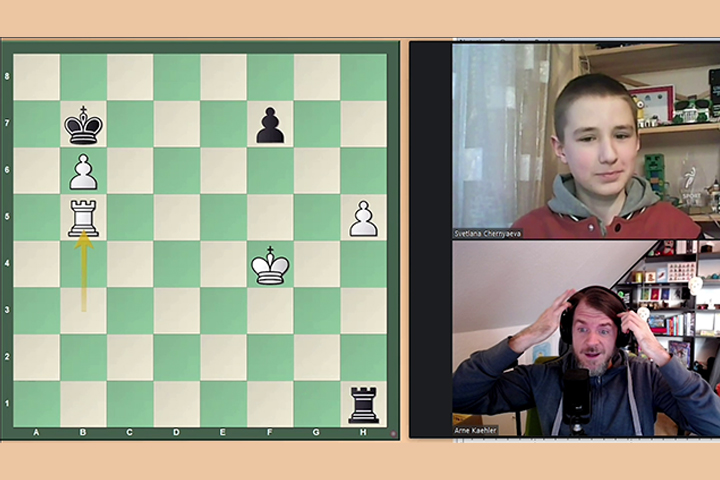So…I asked about a
newbie opening repertoire, but I forgot to ask about
practicing it.
I want to keep it as simple as possible and not work on stuff above my skill level. Still, I know the opening principles, and other 101 stuff; relative to the general population (lol) I’ve played a shit-ton of chess, so I’m not like “How does the horsey move?”
From what I can gather, 90% of my time should be spent learning end games, but during the other 10% when I want to play a game, I’d at least like to have the rough idea of the first 1-4 moves. The openings are part of the fun for me too.
My end goal is to beat
@Harbour Dog 1/10 times instead of 1/25 times.
This is my napkin-list based on prior feedback from the
@ORRFForever & Harb Doge:
*White*
Vienna Game
1. e4 e5 2. Nc3
Smith-Morra Gambit
1. e4 c5 2. d4 cxd4 3. c3
*Black*
Sicilian Defense […]
1. e4 c5 2. ???
Grunfeld Defense
1. d4 Nf6 2. c4 g6 3. Nc3 d5
Endgames are definitely the most important part to practice, you're right.
But not knowing what you're doing for the first half dozen moves of the opening can stop you from seeing endgames often enough.
I don't know the Grunfeld or the Vienna game well, but would be happy to research them both enough to give you some tips.
In the Smith-Morra, after the capture on c3, you can offer them the b2 pawn as well! It puts you two pawns down, but the position is actually losing for Black. A player that knows the Smith-Morra well enough, won't capture on b2 though, and you'll eventually just take on c3 with your Knight.
Developing Nf3 and Bc4 are staples in the position. And Bf4, preparing to push the e pawn to e5 is common. Long term, you can get your rooks to the d file, and there are some very dangerous tactics that comes from either e5, or playing Nc3-Nb5 at the right moment. Black can get very uncomfortable, very suddenly. Lots of forks and pins that can come on the queenside.
Black's best response to the Smith-Morra is to play e6 early, and then Ne7-Ng6, because this effectively stops the e5 pawn push and leaves Black basically, imo, up a pawn. I highly doubt that many players know that they're supposed to play that line though.
In the Sicilian, the steadiest opening that will give you the unbalanced game you want most frequently, may be the Najdorf (1.e4 c5 2.Nf3 d6 3.d4 cxd4 4.Nxd4 Nf6 5.Nc3 a6). I play this, but with a messed up move order that I would recommend for anybody at or below my level. Instead of 5...a6, try 5...e5. White very rarely responds with the correct 6.Bb4+, and sometimes even falls into traps.
If White plays 6.Nb5, then 6...a6 7.Na3 b5, and you've gobbled up a bunch of queenside space while also threatening a fork with b4.
If White plays 6.Nf5, then 6...Nxe5. You're either up a pawn, or he plays 7.Nxg7, and you get to develop your Bishop with a free tempo.
Long term in these positions, I like getting Be6, Nc6, and Qc7 in. You should try to trade with his Knight when it goes to d5, and then slowly force your pawns up the board.
That was a lot! Any questions at all, I'm happy to answer.
 I had the artist Neil Young playlist in my que so I can still listen to all his songs on Spotify.
I had the artist Neil Young playlist in my que so I can still listen to all his songs on Spotify.
 I had the artist Neil Young playlist in my que so I can still listen to all his songs on Spotify.
I had the artist Neil Young playlist in my que so I can still listen to all his songs on Spotify.







